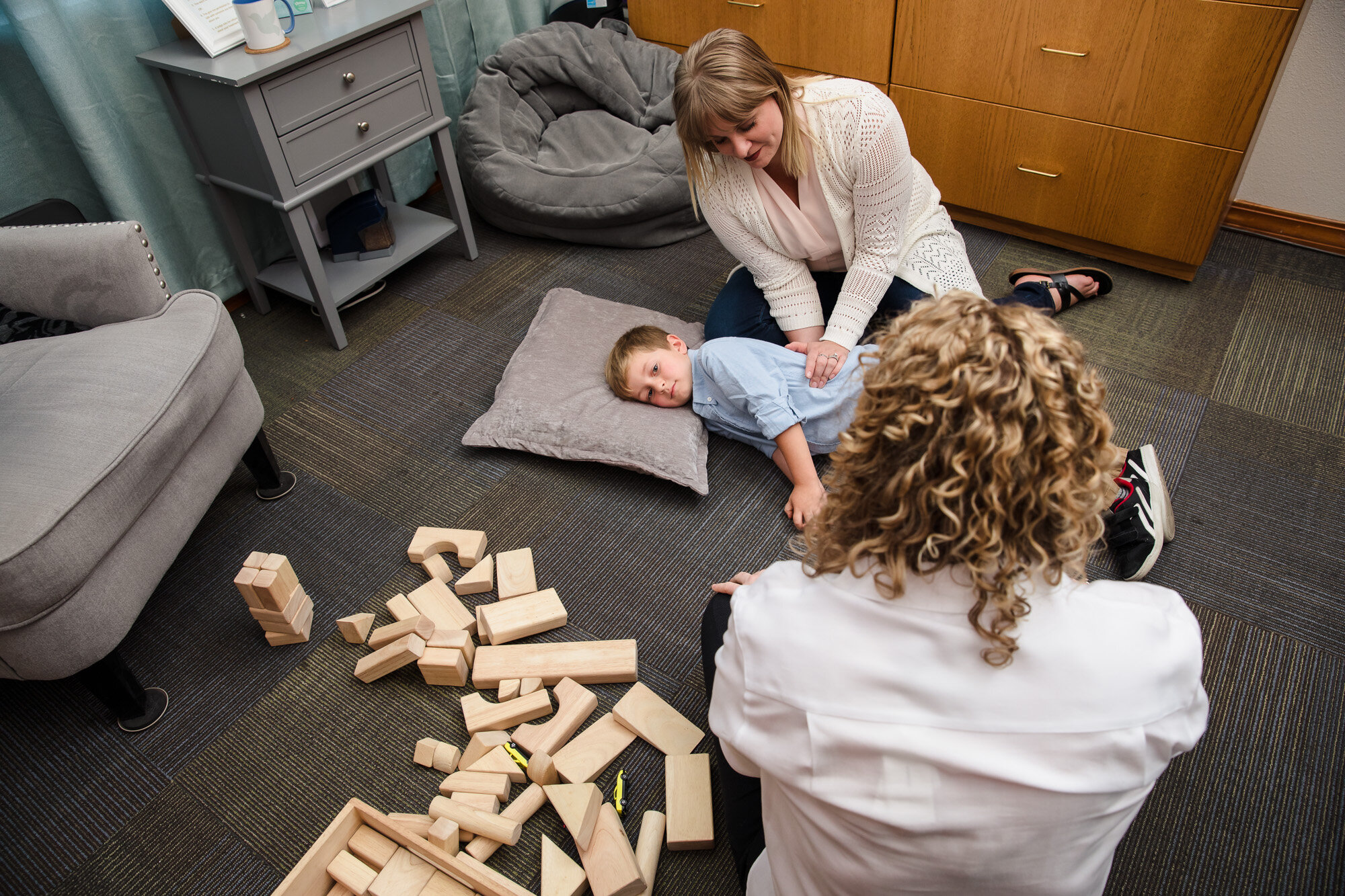This week's learning video discusses restrictive and repetitive behaviors (RRBs) as they are sometimes seen in high functioning (HFA) individuals with Autism Spectrum Disorder (ASD).
I often see, and many psychologists describe, that children and adults who have reached a higher level of adaptive functioning, or higher cognitive (thinking) skills level, will present differently than a moderately or low functioning person with ASD. First I'll provide some context for how I most often have seen HFA in my private practice among young children and when evaluating a range of ages up through adulthood.
A person with HFA can better compensate because their intellectual level allows them to compensate for their social skills deficits, helping them learn more rote social rules. The Autistic person won't, however, necessarily develop flexible insight into the purpose of the social rules or how they could apply them in other different situations. This can lead to greater impairment as a child with HFA gets older and encounters more complexity in their social environment. My experience is that individuals with HFA are often not identified until much later in age when their symptoms become clearly impairing; although, a thorough developmental history always reveals that the child's parents had concerns across early development or that there were subtle developmental delays present.
The term "masking" is often used for individuals who engage in using social skills (or minimizing RRBs when around others) while experiencing internal conflict with their use of those skills. For example, if an RRB is suppressed intentionally while around peers and then performed at a higher magnitude when alone that would be masking.
With this context in mind, RRB can present as more rigid preferences and interests in childhood. I've had quite a few children who had inflexible pretend play, where they played out the same imaginary theme and could pretend to be only one character, or tolerate their parent being in only one role. Just engaging in pretend play is a huge asset for children and bodes well for a child with HFA and their progress in social skills and developing relationships.
Children with HFA may have difficulty playing with other children their same age because they want to control the play rather than have give and take with the leader and follower positions. Many times I see this correlate to a strong preference for playing alone or playing with older or younger children where the social skill sets between the children are developmentally different, leading to less arguing.
Another common way I've seen RRBs play out is through restricted interests. Sometimes these will be odd interests that are easy to spot, but they can also be appropriate for the child's play group. Girls tend to have more peer-group appropriate restricted interests making them harder to spot. This is one of the reasons that girls are under-diagnosed. For some individuals with HFA, they can mold their restricted interests into budding careers, which is socially appropriate to some extent. It's only in the magnitude of the interest and the exclusion of other satisfying life activities that the restricted interest can be identified.
Sensory difficulties occur within the HFA population, same as with the ASD population as a whole. I've not noticed a distinct pattern of difference here. Perhaps the biggest difference would be that an individual with HFA has more capacity to self-advocate for their preferences as they age. This may mean that they can go to extremes to avoid something that is noxious to them.
Lastly, RRBs can show up in difficulty with transitions or changes. I've had numerous individuals I've worked with who have had highly structured lives across childhood and early adulthood that allowed them to thrive. It's only when they entered a less structured environment that they noticed the impairment. The opposite is also true where increased structure later in life seems to dissipate much of the impairment from ASD.
Remember to watch today's video to get more info about RRBs in individuals with HFA. I review the symptoms required in the DSM-5 for an ASD diagnosis and focus specifically on how I've seen them in HFA.
If you've found today's learning video helpful, stay in touch!! Subscribe on YouTube, Facebook, or get videos right to your inbox.
Have a great day!
Dr. Blevins






